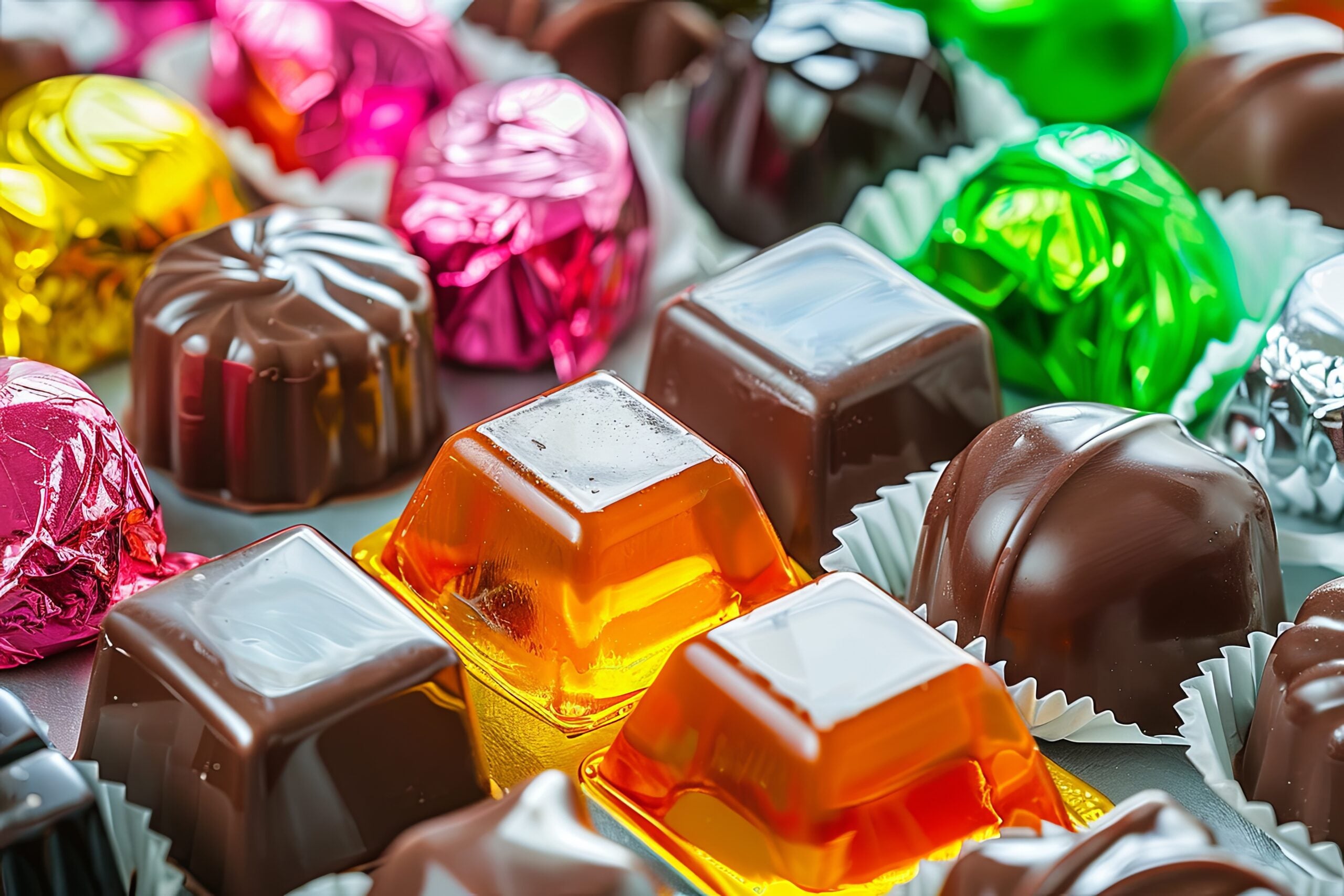The Rise of Edible and Dissolvable Packaging: Eco-Friendly Trends
By: Lyle Small

Environmental consciousness is no longer just a trend but a growing priority across industries, particularly in packaging. As consumers push for sustainable options, businesses are finding innovative ways to reduce waste while still meeting packaging demands. One of the most promising developments in this space is the emergence of edible and dissolvable packaging, which is changing how we think about materials and disposal. This exciting shift toward eco-friendly alternatives is influencing sectors from food and beverage to personal care, where reducing packaging waste is becoming essential.
From Novelty to Necessity: Edible and Dissolvable Packaging in Modern Packaging Design
In the context of modern packaging design, edible and dissolvable packaging has quickly evolved from an experimental concept to a viable solution. Unlike traditional packaging, which often relies on single-use plastics and materials that take years to degrade, edible and dissolvable alternatives offer an immediate solution to waste. Edible packaging is typically made from natural ingredients like seaweed, rice, or starch, which are safe for consumption and often add a unique twist to the user experience. Dissolvable packaging, on the other hand, is crafted from materials that break down quickly in water or soil, leaving behind no harmful residues.
This shift is not only reducing landfill waste but is also driving a new era in packaging design. Brands are now challenged to balance functionality, aesthetic appeal, and eco-friendliness. With edible and dissolvable packaging, companies can create products that satisfy these criteria, promoting a responsible image while staying ahead in a market that increasingly values sustainability. Designers and engineers are also working closely to ensure that these new materials can withstand handling, shipping, and storage demands while remaining user-friendly and safe.
How Edible Packaging Works and Its Applications
Edible packaging is made from natural, biodegradable materials that can be safely consumed or composted. One popular example is the use of seaweed-based wraps for snacks and single-serve portions, which dissolve in the mouth and eliminate the need for traditional plastic wraps. Another growing trend is fruit and vegetable-based coatings used on fresh produce, which protect against spoilage and add a touch of flavor to the items they coat.
In the food and beverage industry, edible packaging offers a unique selling point. It not only reduces waste but also creates a memorable experience for consumers. Imagine purchasing a single-serve coffee encased in a dissolvable pod, or a snack that’s wrapped in an edible film. By integrating edible packaging, companies are not only meeting environmental demands but also giving consumers a novel, interactive way to enjoy their products.
Beyond food, personal care products like shampoo pods and toothpaste tablets are using dissolvable packaging to reduce plastic waste in bathrooms. These items provide a convenient and waste-free alternative to traditional bottles and tubes, allowing consumers to stick to their routines without the guilt of creating more plastic waste.
Dissolvable Packaging: Practical and Versatile
While edible packaging is primarily limited to consumables, dissolvable packaging is highly versatile. It dissolves in water or composts easily, making it a sustainable choice for a broader range of industries. For example, cleaning products are often packaged in dissolvable pods that release their contents in water, eliminating the need for heavy-duty plastic containers. This approach is particularly effective in industries where safety and ease of disposal are paramount, such as in industrial cleaning and medical supplies.
For consumers, dissolvable packaging offers the appeal of convenience without the waste. After using a product, they can simply dissolve the packaging in water or dispose of it in compost. This easy disposal method is ideal for products that typically require single-use packaging, such as takeaway food or single-serving household products.
Challenges in Scaling Edible and Dissolvable Packaging
Despite the promising future of edible and dissolvable packaging, there are several challenges to overcome. Durability is one of the main issues, as these materials are often sensitive to humidity, temperature, and handling conditions. To be practical on a larger scale, edible and dissolvable packaging must withstand the rigors of shipping, storage, and display without compromising its functionality.
Cost is another factor, as eco-friendly materials are often more expensive than traditional plastics. However, with growing demand and continued innovation, production costs are likely to decrease over time. Additionally, as consumers become more willing to pay for sustainable options, brands may find that the investment in green packaging pays off through increased loyalty and positive brand perception.
The Role of Consumer Demand in Driving Change
The rise of edible and dissolvable packaging would not be possible without a significant shift in consumer attitudes toward sustainability. Today’s shoppers are more conscious of their environmental impact and are increasingly opting for products that align with their values. This demand has driven brands to adopt sustainable practices, and packaging is one of the most visible aspects of this shift. By choosing products with eco-friendly packaging, consumers are directly influencing the market, encouraging brands to continue innovating in this area.
Conclusion: A New Chapter in Packaging Design
The adoption of edible and dissolvable packaging represents a bold step toward a more sustainable future. As companies continue to explore new materials and methods, these eco-friendly solutions are likely to become more prevalent, setting new standards in the industry. This evolution is transforming packaging design, blending sustainability with functionality and user experience. By embracing these innovative options, brands have the opportunity to align with consumer values, reduce their environmental footprint, and create a lasting positive impact on the planet. The future of packaging is here, and it’s edible, dissolvable, and remarkably green.
952 Views












